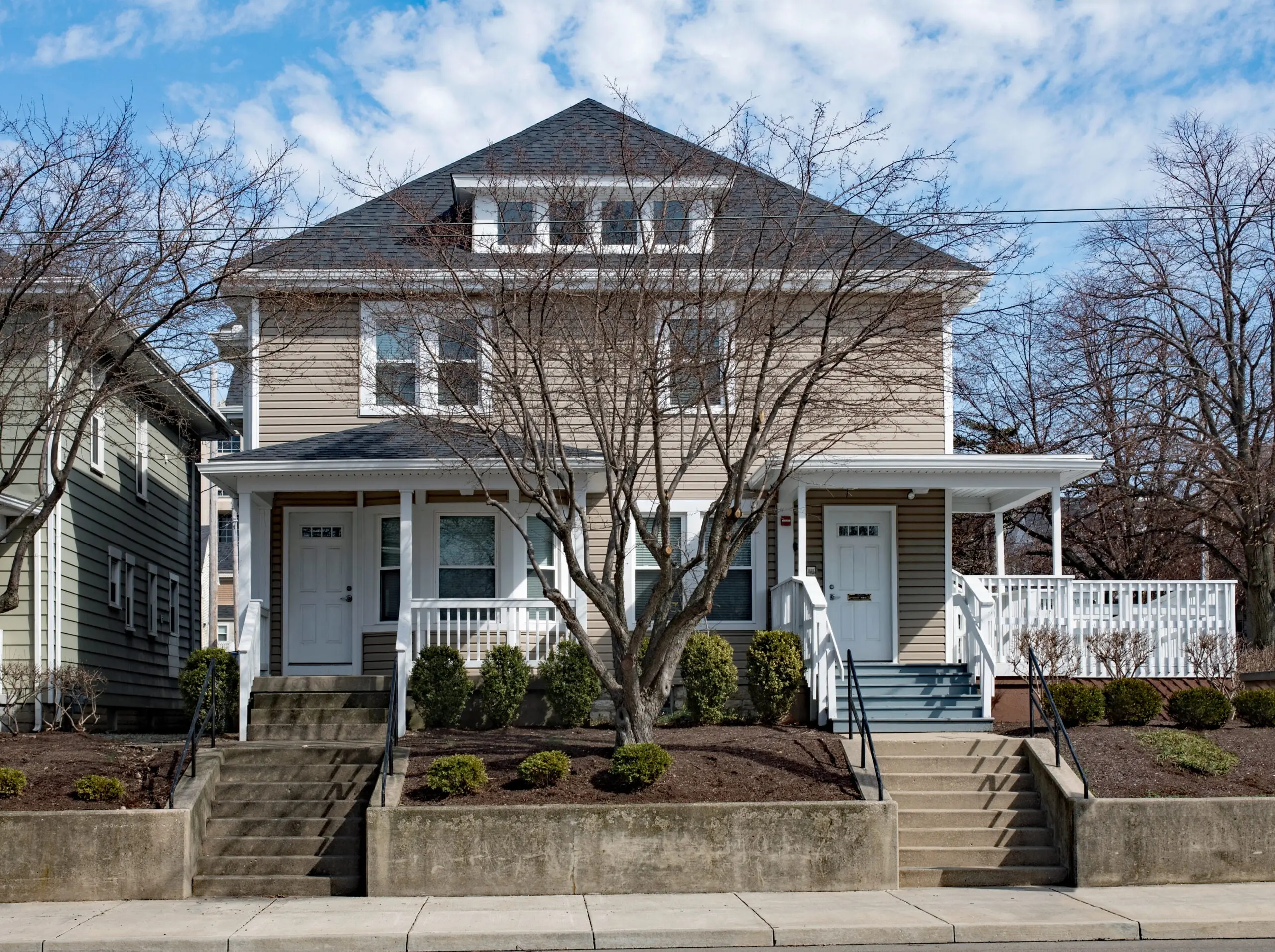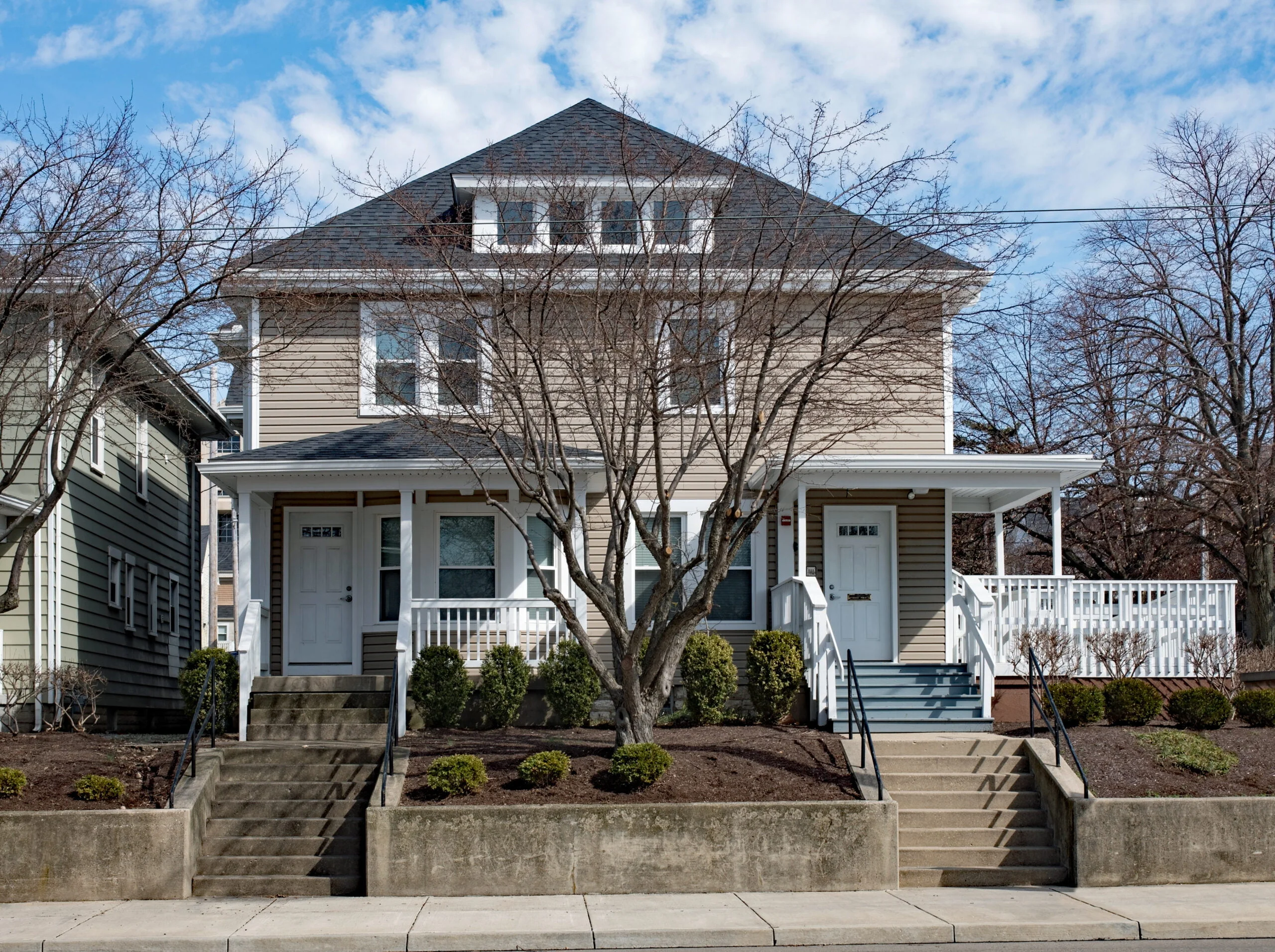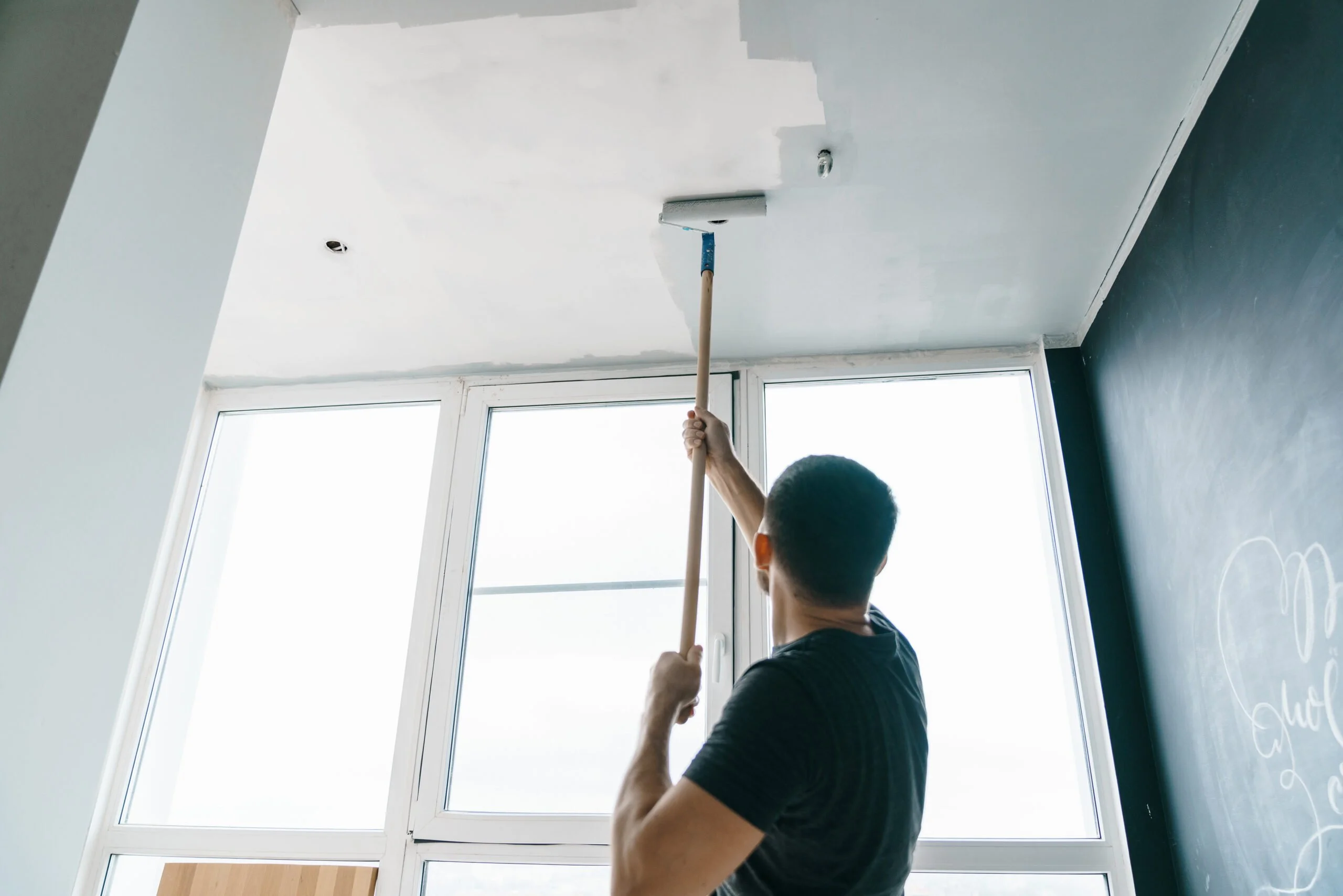
At New Western, our vision is a world where every real estate transaction is simple, certain, and satisfying. Therefore, we promote strict editorial integrity in each of our posts.
Real estate investing is an effective way to build wealth and diversify your assets. However, building this wealth takes time, commitment, and of course, careful planning.
The key to making a true profit in real estate lies in selecting the right real estate investment property and maximizing your earning potential.
Whether you’re a novice investor entering the market or a well-seasoned pro looking for a shift, there are several property investment methods that may fit your goals.
Here are some of the most effective types of investment properties to consider.
Long-term investment properties are some of the most reliable assets to have in your portfolio. These properties are homes, apartments, commercial buildings, or multi-unit residential buildings that you purchase and rent out for a long period of time. Long-term rental leases typically last a year or more. If considering commercial rentals, it’s crucial to implement high-tech security measures to safeguard both the property and the businesses operating within it. This may include the installation of advanced security systems, such as ONVIF cameras, access control systems and other cutting-edge technologies. In contrast to residential rentals, the security considerations for commercial properties are typically more complex due to the diverse nature of businesses and the increased potential for unauthorized access.
House flipping is another popular real estate investment method. When fixing and flipping, you purchase a distressed home, renovate it, and sell it to a buyer for a profit.
Live-in flip is similar to fix and flip, but with one key distinction: you live in the home while you renovate it. You purchase a distressed property, move in, fix it up, and sell it to make a profit.
Some real estate investors will purchase a multi-unit home or building, live in one unit, and rent out the rest. If you select this method, you can rent out the other units on a long-term or short-term basis.

With the popularity of sites like Airbnb, the vacation rental market has become appealing to many real estate investors. In this model, you purchase a property, renovate and furnish it, and rent it out in the short term to vacationers.
While these aren’t the only investment strategies available in the real estate market, these approaches are effective and appealing to investors of all levels.
As with any type of investing, real estate investment methods have benefits and drawbacks. Do your research and keep these tradeoffs in mind when choosing the right real estate property for you.

Weighing the pros and cons of each investment option can help you select the right path for you. Consider your lifestyle, appetite for risk, and experience when considering your options.
When you own a long-term rental property, your tenants pay monthly rent as outlined by the lease. Your profit is the difference between those rent payments and your operational costs, such as mortgage payments, property taxes, maintenance, management fees, and vacancy costs. To yield a worthwhile return, you’ll need to price your units accordingly.
There are many factors that go into profit when flipping a house. Investors need to ensure that they purchase a house for a reasonable price, accurately estimate renovation costs, and price the house low enough to sell but high enough to yield a return.
Similar to the fix-and-flip strategy, an investor renovating their primary residence makes a profit by eventually selling the home for more than they paid for the property and renovations.
When you live in your rental property, you make a profit by offsetting operational costs with rent payments. Some investors may break even at first and grow their income stream by raising rent over time.
Vacation rental owners rely on a steady stream of renters to more than cover the costs of ownership. Investing in amenities that will enable you to price the rental higher can increase your profit, as can reducing vacancies.

With the right planning, any investment property can make a profit. The key is to correctly anticipate expenses and price the property accordingly.
Choosing the right investment property for you isn’t always straightforward. The consistency of long-term rentals might appeal, for example, but the administrative responsibility might not match your lifestyle. Here are some factors to consider before selecting an investment property.
Be realistic about your level of experience. A lack of experience often means a lack of industry knowledge, so buying up several properties at once could get you into trouble. If you’re looking to make your first real estate investment, consider choosing one investment method, consulting an expert, and seeing it through. You can then expand your strategy as you learn about the market.
Most types of real estate investing require money upfront, so you’ll need to select an investment option you can afford. If you have the funds, you might be able to jump into house flipping or multi-unit rentals right away. However, those with less capital might start with a cost-saving option like an owner-occupied rental or a live-in flip.
Real estate investment methods like house flipping are a serious time commitment. If you have a full-time job, you could end up pushing off the project for longer than you should. Be realistic about what your day job allows you to do. If you work long hours, a long-term rental model (potentially with the help of a property management company) might be the right method for you.
Consider what phase of life you’re in when investing in real estate. Do you have children? Are you planning to travel often? Such factors will narrow down your investment choices.
Some aspiring investors plan to purchase many properties over their lifetime, while others might want to stick with one or two. Real estate investment should fit into your life, not work against it. Take time to consider which investment methods fit your current capacity and support your financial future.
Turning a profit on your investment properties requires meticulous planning. You’ll want to avoid these mistakes when assessing how much you’ll make on an investment property.
With any type of investment property, you need to compare the costs to your earning potential. This means knowing how much you’ll be paying in taxes, maintenance costs, renovations, and administrative fees. Failing to crunch these numbers could leave you with an unrealistic picture of your potential profit.

Purchasing property in the right location balances your costs with demand. Research up-and-coming areas in your region. Purchasing a house in such neighborhoods could mean lower costs now and earnings that grow over time.
When it comes to real estate investing, time truly is money. Rookie real estate investors often plan a renovation project, only to realize a property needs several more months of work. This extended timeline gets expensive. Calculate your project timeline carefully, so you can avoid running the clock in the future.
Making improvements to your investment properties is a great way to maximize your ROI. However, you’ll want to ensure your renovations will actually increase a property’s value. Some investors commit the error of adding unnecessary frills, like a built-in wine cooler, rather than making valuable upgrades, like energy-efficient windows. Do your research on the market before investing in any improvements.
Real estate investors share a common goal: to make money. Turning a profit from your investment properties isn’t always easy, but it’s certainly worth the effort. Choosing the right investment strategy for you and being realistic about your earning potential can help you succeed in the industry. And with the right experience, you can grow your profit over time.
Whichever strategy you choose, New Western can help you find the right property to match your investment goals. Our agents serve as your boots on the ground, drawing on a wide array of data and unmatched local market knowledge to consistently source the best opportunities for you.
Disclaimer: The information provided on this website does not, and is not intended to, constitute legal advice; instead, all information, content, and materials available on this site are for general informational purposes only.